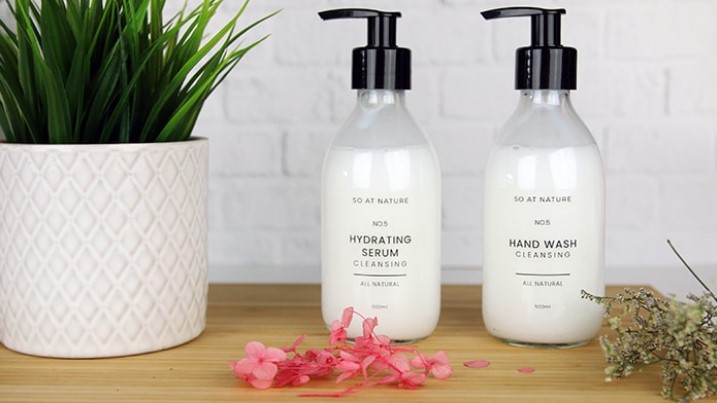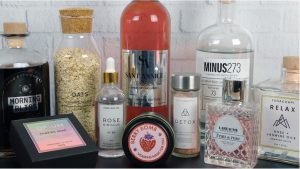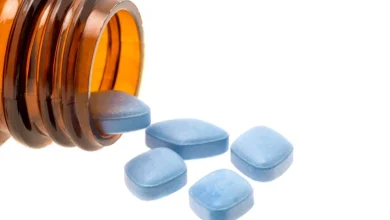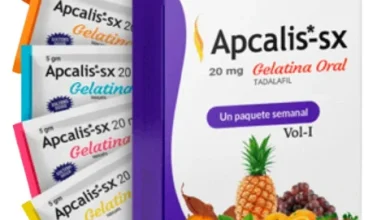Mastering the Art of Custom Die-Cut Stickers: Strategic Design Tips for Small Business Owners

Stickers hold an unassuming but powerful spot in the world of marketing and branding. When they’re skillfully designed and strategically deployed, they have the ability to liven up anything from a laptop to a storefront, to the recognizable “sticker bomb” aesthetic that can make a statement just about anywhere. But here’s where the magic gets really interesting – what if your sticker is not a simple circle or a square, but a creative die-cut design that embodies your brand’s uniqueness? Now you’ve got the potential to really turn heads and leave a lasting impression.
This comprehensive guide is for the small business owner or marketing professional who is ready to level up their promotional game with custom die-cut stickers. From the moment of ideation to the final unveiling, we’re going to explore the design intricacies that transform a simple sheet of adhesive-backed vinyl into a powerful brand ambassador.
Understanding the Power of Custom Die-Cut Stickers
Before we plunge into the crescendo of sticker design, it pays to understand why custom die-cut stickers are an investment worth making for businesses.
Brand Visibility and Recognition
Imagine a crowded marketplace, both online and offline, filled with products and competitors vying for consumer attention. This is where your brand’s unique visual identity, broadcasted via strategically placed stickers, can help you stand out from the clutter. Custom die-cut stickers, with their unconventional shapes, aid in this differentiating factor, helping consumers recognize your brand instantly.
Emotional Connection with Customers
Custom die cut stickers have a certain tactile appeal that traditional, smooth-cut stickers don’t. They appeal to the senses and, by extension, contribute to the emotional side of branding. A well-designed custom die-cut sticker can create a sense of delight and attachment, something akin to receiving a thoughtful gift.
Versatile and Cost-Effective Branding Tool
In a market where tangible marketing collateral is often costly and gets buried beneath the digital noise, die-cut stickers offer an affordable and versatile alternative. They can be as mobile and creative as your imagination, utilized on packages, products, windows, laptops, or just about any other surface your brand message should occupy.
Crafting a Design That Speaks Volumes
The design is the heart of your custom die-cut sticker campaign. It should epitomize your brand’s story, values, and personality in a visually compelling manner.
Start with a Strong Concept
A concept is the DNA of your sticker design. It’s the foundation that upholds the visual elements which follow. Your sticker’s concept should seamlessly integrate with your brand’s positioning and the message you aim to convey. For example, if your brand prides itself on environmental friendliness, a concept that merges geometric shapes with leaf veins might deliver a strong visual message of ecological harmony.
Color Psychology and Brand Consistency
Choose colors that not only align with your brand but also resonate with the intended emotional impact of your stickers. Research into color psychology can guide you; for instance, blue conveys trust and professionalism, while red can spur excitement or hunger. Ensure the colors you choose are cohesive with your broader brand palette to maintain consistency.
Typography Matters
The right font can be as recognizable as a logo over time. When selecting typography, consider legibility at different sizes, as well as how the font’s personality complements your brand’s message. For a high-energy, youthful brand, a bold, sans-serif font might be apt, whereas a luxury brand might opt for an elegant script.
Navigating the Technical Side of Die-Cut Sticker Design
Custom die-cut stickers transcend the standard printing and cutting processes. You’re entering the domain of bleeding edges and intricate snips – Ensure that your die-line, which represents the final shape of your sticker, is precise and properly formatted.
Artwork Requirements for Die-Cutting
The artwork for die cut stickers UK should be vector-based, with the die-line clearly indicated in a separate layer. Vector artwork ensures that your sticker can be stretched or shrunk without losing quality, a key feature for designs meant to appear in various sizes and mediums.
Balancing Positive and Negative Spaces
Die-cut designs often rely on both the positive space (the sticker itself) and the negative space (any area around the sticker that’s been cut away). A skillful play between these spaces can create eye-catching designs – think a sticker in the shape of a camera with negative space forming details within the lens and body.
The Devil’s in the Details
When working on intricate designs, remember that details may be lost during the cutting process. Be cautious of thin lines or very small elements that can make the final product fragile or hard to distinguish. Scale your designs to ensure clarity and durability in the finished stickers.

Personalization and Tailoring to Different Audience Segments
Your target audience’s interests can guide the design process. Custom die-cut stickers present an opportunity to create nuanced variations that appeal to different customer segments without deviating from your brand’s core identity.
Leveraging Pop Culture References
If your brand is targeting a niche market within a larger cultural movement, incorporating recognizable pop culture references ensures your stickers become instant collectibles among enthusiasts. Just be wary of copyright implications and always ensure any references are used with respect and creativity.
Seasonal and Event-Based Designs
Creating special edition die-cut stickers for holidays, industry events, or brand milestones can incite excitement and a sense of exclusivity among your customer base. Imagine a set of Christmas-themed stickers for a festive season or anniversary-themed stickers celebrating your brand’s establishment.
User-Generated Designs
Involving your audience in the design process is a powerful community-building tool. Host contests or ask for submissions for sticker designs, and feature the winners’ creations as part of your collection. This not only adds a personal touch but also turns customers into brand advocates.
Measuring The Success of Your Die-Cut Sticker Campaign
No marketing endeavor is complete without analysis. How well are your custom die-cut stickers performing in terms of engagement, conversion, and brand lift? Measurement and feedback are crucial.
Tracking Placement and Conversion
Most promotional stickers will have a specific call to action or landing page associated with them. Use custom URL tracking or QR codes to record conversions from sticker placements. Analyze data to understand which placements or designs yield the highest ROI.
Gathering Feedback Directly
Don’t shy away from asking customers directly about their sticker experiences. Gather feedback through surveys or social media to learn what they like, what they don’t, and what they’d like to see in the future. This can serve as a wellspring of ideas for your next sticker design campaign.
Iterating Based on Learnings
With data and customer feedback in hand, be ready to iterate. The sticker designs and placements that perform well should become templates for future campaigns. On the flip side, learn from underperforming designs by discerning what might have caused the lackluster response.
Summing Up
Custom die-cut stickers offer a versatile and creative medium to showcase your brand, values, and message. By understanding your target audience, leveraging design elements effectively, and continuously measuring performance, you can create successful sticker campaigns that engage and convert customers while building brand loyalty. So go ahead – get designing! Keep in mind the concepts we’ve discussed and let your creativity flow to create impactful, memorable die-cut stickers for your brand.
Thanks for visiting https://ransverse.co.uk









